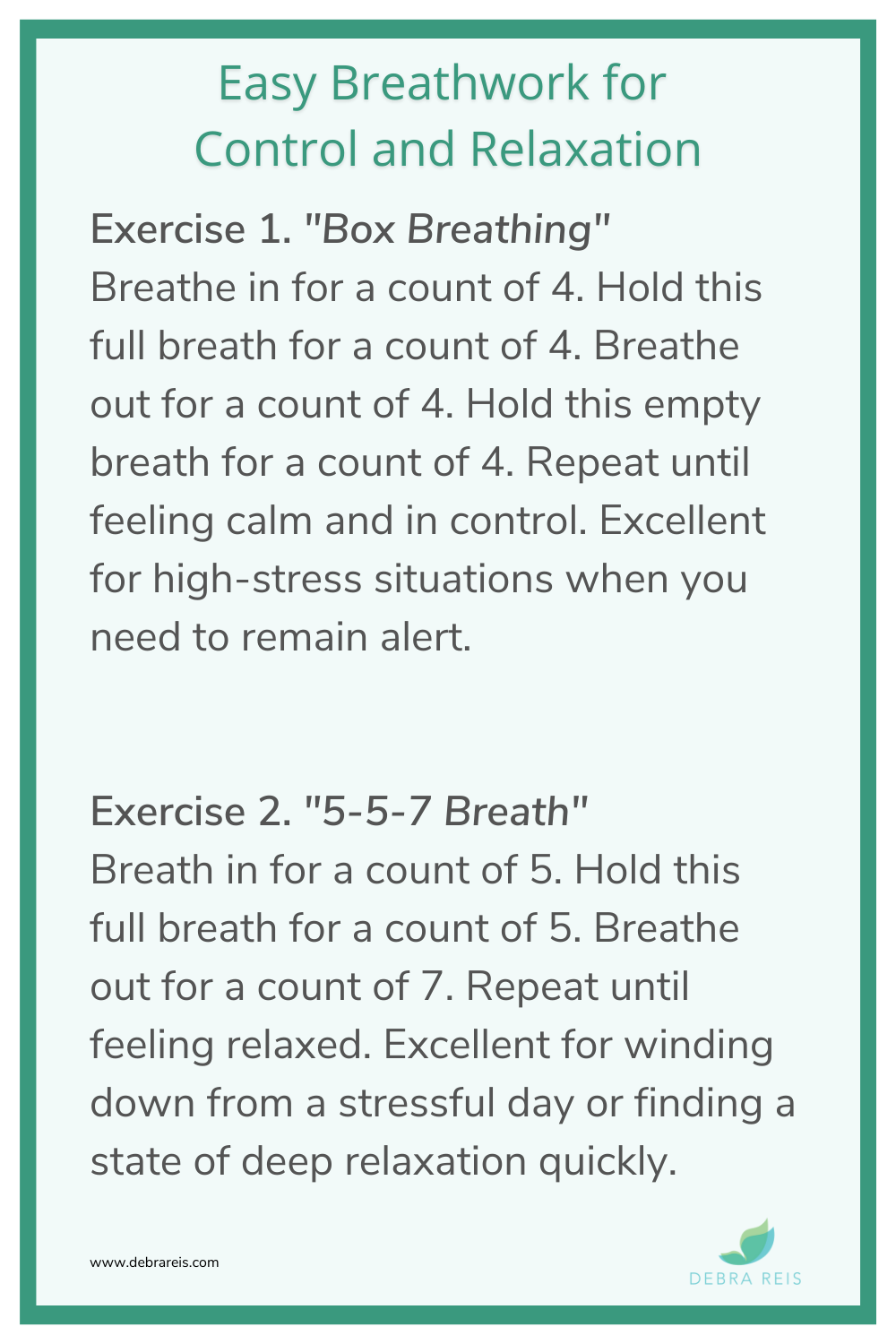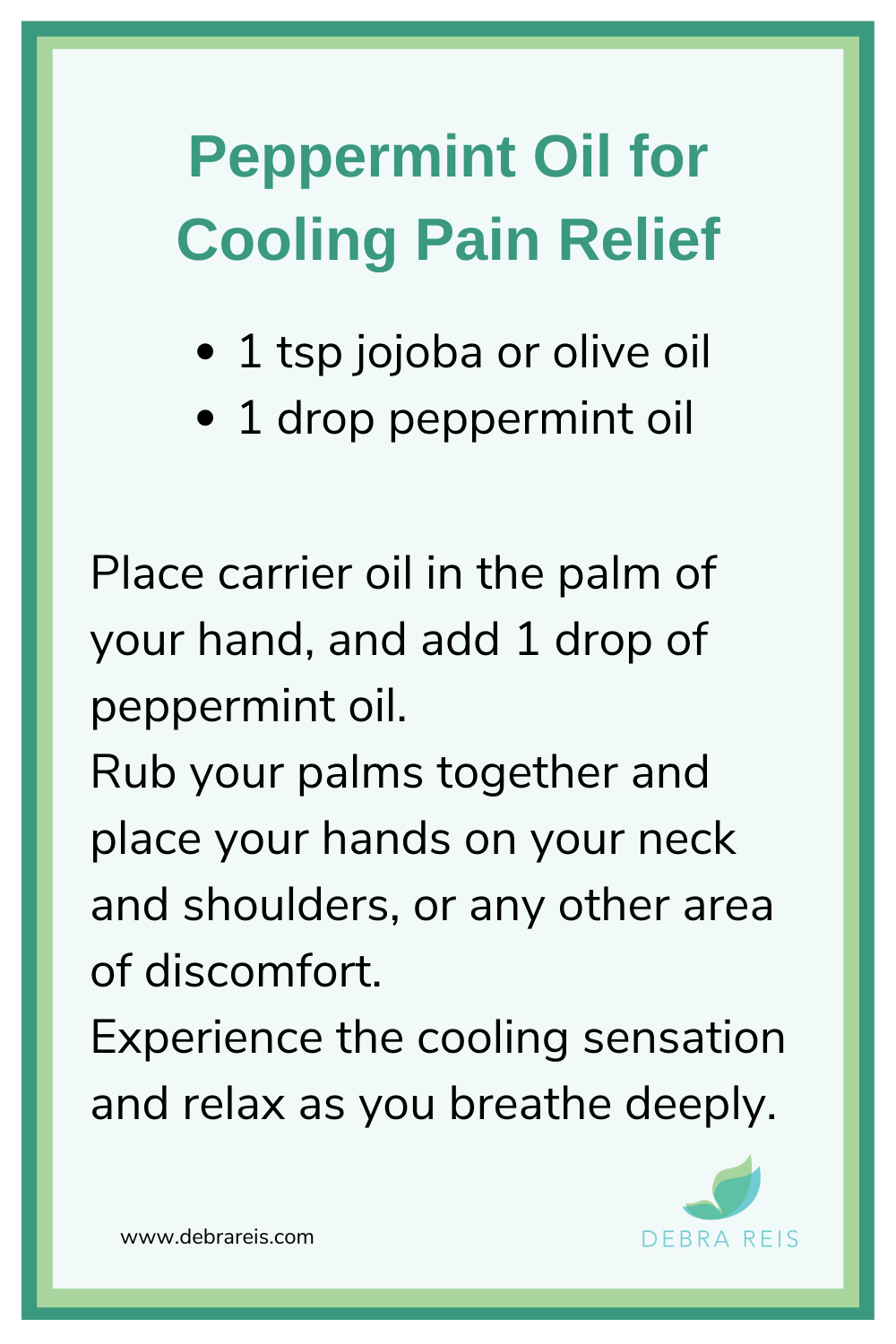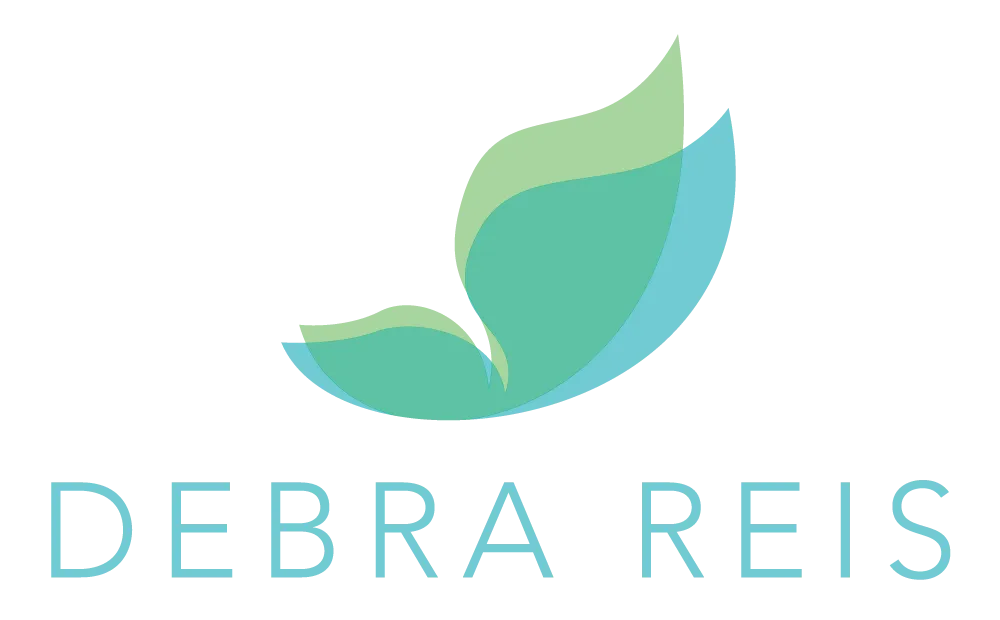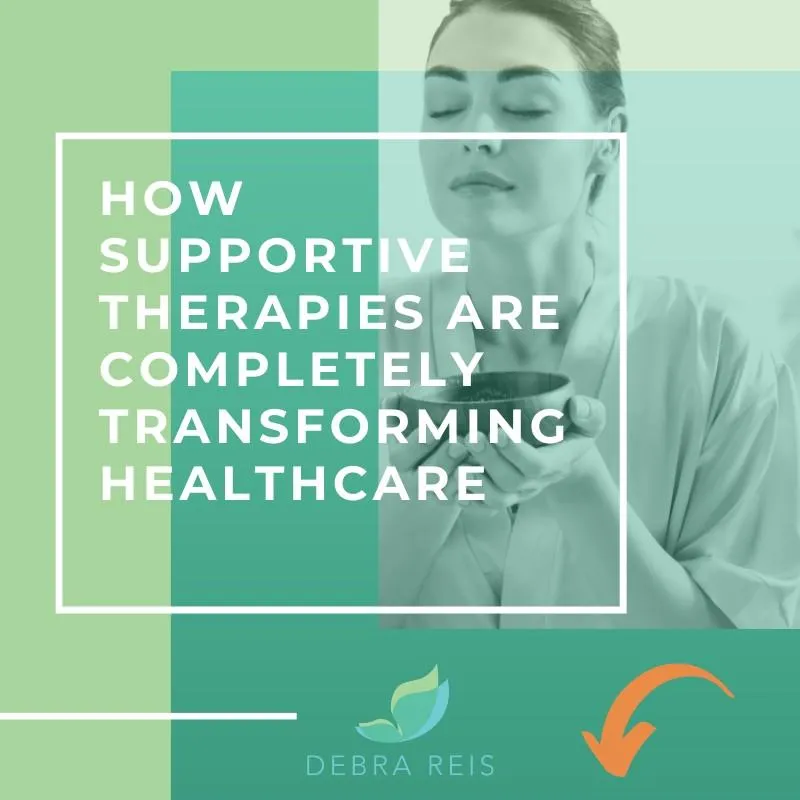BLOG
Supportive Therapies For Better Outcomes — Enrich Your Life Through Relaxation Techniques, Aromatherapy, and Gentle Movement.

3 Supportive Therapies for Integrative Wellness
Flow, ease, balance and patient happiness… Imagine for a moment - What would your unit or department look like if you fully embraced the use of supportive therapies and holistic principles?
Are you able to visualize yourself in a place of balance and at peace no matter the situation or event facing you? Still reacting quickly, but with grace and ease; peace and quiet inner strength.
Can you see your environment flowing with a pace of ease?
Gone are the days of just accepting one solution when it comes to healing. We need to explore science-backed options which improve outcomes, offer integrative approaches, and ensure you’re balanced in the process.
Integration of supportive therapies by you and your staff with expertise as part of a patient plan of care can look different for each individual. For example, using breath work or visualization to calm an anxious patient. Maybe breath work and aromatherapy to ease the pain of a post op patient. Or, to provide a quick movement tip to aid in joint flexibility and to ease comfort with a patient who has a long term stay.
Do you think your patient satisfaction scores would be affected? What about staff retention? Do you think this would be improved? Studies do show that patient and staff satisfaction are improved with implementation of holistic principles, which include supportive therapies.
There are 3 proven therapies that we will address to help you achieve this outcome:
Relaxation Therapy - how to calm your heart center
Aromatherapy - how to use for concerns such as pain and nausea
Gentle Movement Therapy - how movement can alleviate pain and boost mood

Relaxation
You know relaxation modalities are important. There is a lot of research and different types of techniques and therapies. Often this information is given to you in a handout or audio app which may be helpful, but not applicable in real life clinical practice. One way to make relaxation therapy applicable is through the use of breathing techniques, which you can practice at any time.
Gentle movement
Movement and exercise has been identified by many organizations, including American Cancer Society, to minimize the risk and recurrence of cancer and other diagnoses. In addition, it’s one of the best therapies for reducing fatigue, providing energy, and releasing feel good hormones to elevate a mood. You know exercise is important in health care but it is usually the first to go in our practice when we are busy or stressed out.
Using movement in the health-care settings is usually viewed as too time consuming and not practical. However, research shows it is important to keep the body moving even when we are ill or dealing with treatments. Gentle movement practices such as Ageless Grace or Nia can be quite helpful, with several exercises that can be done in 5 minutes or less.
Aromatherapy
Aromatherapy is a hot topic today! Many laypeople and health-care systems are using or looking into how to use essential oils as part of a health plan. This is great, yet a bit scary as essential oils are concentrated products and can act like medication based upon their chemical makeup - or what we call constituents. In addition, most of the essential oils in the U.S. market contain adulterants or have been altered from natural form. Therefore, safety and interactions are very important.

One constituent in some essential oils are the phenols which can be helpful for pain relief. Essential oils high in phenols are more assertive in action, so use these with caution especially if creating a blend for topical use. One essential oil high in phenols and studied for its anti-inflammatory benefits and cooling the pain is Peppermint oil. Essential oils high in phenols, like peppermint oil, should be used with caution. Know the history of your patient/client and avoid if there is any liver toxicity. Phenol oils are assertive and should be diluted in a carrier oil like coconut oil before any topical application. They may be too strong to inhale alone so consider adding a citrus to tone it down.
The integration of holistic principles and concepts have been in our clinical world for many years. Historically, these modalities were looked at as “feel good” activities, or nice to have if time. However, that is rapidly changing. We now are seeing a national and even worldwide movement to change, to do something more in providing care to our patients and clients. The public is asking for more - they want more than just putting the broken pieces back together. Our regulating agencies are asking for other plans besides pharmaceuticals for pain management and other concerns. We have something that is tangible and applicable - now. And, it begins with you. You are the agent to create change.

This blog is provided for educational and informational purposes only and is not medical, mental health, or healthcare advice. Although Debra Reis is a Clinical Nurse Specialist licensed in the state of Michigan, she is not acting in that capacity here. Debra Reis is acting as a holistic educator and consultant, not as a licensed medical health professional or in her professional capacity as a Clinical Nurse Specialist. The information presented here is not intended to diagnose, treat, heal, cure or prevent any illness, medical condition, or mental or emotional condition. Working with us is not a guarantee of any results. Debra Reis, Wellness Services, LLC owns all copyrights to the materials presented here unless otherwise noted.

3 Supportive Therapies for Integrative Wellness
Flow, ease, balance and patient happiness… Imagine for a moment - What would your unit or department look like if you fully embraced the use of supportive therapies and holistic principles?
Are you able to visualize yourself in a place of balance and at peace no matter the situation or event facing you? Still reacting quickly, but with grace and ease; peace and quiet inner strength.
Can you see your environment flowing with a pace of ease?
Gone are the days of just accepting one solution when it comes to healing. We need to explore science-backed options which improve outcomes, offer integrative approaches, and ensure you’re balanced in the process.
Integration of supportive therapies by you and your staff with expertise as part of a patient plan of care can look different for each individual. For example, using breath work or visualization to calm an anxious patient. Maybe breath work and aromatherapy to ease the pain of a post op patient. Or, to provide a quick movement tip to aid in joint flexibility and to ease comfort with a patient who has a long term stay.
Do you think your patient satisfaction scores would be affected? What about staff retention? Do you think this would be improved? Studies do show that patient and staff satisfaction are improved with implementation of holistic principles, which include supportive therapies.
There are 3 proven therapies that we will address to help you achieve this outcome:
Relaxation Therapy - how to calm your heart center
Aromatherapy - how to use for concerns such as pain and nausea
Gentle Movement Therapy - how movement can alleviate pain and boost mood

Relaxation
You know relaxation modalities are important. There is a lot of research and different types of techniques and therapies. Often this information is given to you in a handout or audio app which may be helpful, but not applicable in real life clinical practice. One way to make relaxation therapy applicable is through the use of breathing techniques, which you can practice at any time.
Gentle movement
Movement and exercise has been identified by many organizations, including American Cancer Society, to minimize the risk and recurrence of cancer and other diagnoses. In addition, it’s one of the best therapies for reducing fatigue, providing energy, and releasing feel good hormones to elevate a mood. You know exercise is important in health care but it is usually the first to go in our practice when we are busy or stressed out.
Using movement in the health-care settings is usually viewed as too time consuming and not practical. However, research shows it is important to keep the body moving even when we are ill or dealing with treatments. Gentle movement practices such as Ageless Grace or Nia can be quite helpful, with several exercises that can be done in 5 minutes or less.
Aromatherapy
Aromatherapy is a hot topic today! Many laypeople and health-care systems are using or looking into how to use essential oils as part of a health plan. This is great, yet a bit scary as essential oils are concentrated products and can act like medication based upon their chemical makeup - or what we call constituents. In addition, most of the essential oils in the U.S. market contain adulterants or have been altered from natural form. Therefore, safety and interactions are very important.

One constituent in some essential oils are the phenols which can be helpful for pain relief. Essential oils high in phenols are more assertive in action, so use these with caution especially if creating a blend for topical use. One essential oil high in phenols and studied for its anti-inflammatory benefits and cooling the pain is Peppermint oil. Essential oils high in phenols, like peppermint oil, should be used with caution. Know the history of your patient/client and avoid if there is any liver toxicity. Phenol oils are assertive and should be diluted in a carrier oil like coconut oil before any topical application. They may be too strong to inhale alone so consider adding a citrus to tone it down.
The integration of holistic principles and concepts have been in our clinical world for many years. Historically, these modalities were looked at as “feel good” activities, or nice to have if time. However, that is rapidly changing. We now are seeing a national and even worldwide movement to change, to do something more in providing care to our patients and clients. The public is asking for more - they want more than just putting the broken pieces back together. Our regulating agencies are asking for other plans besides pharmaceuticals for pain management and other concerns. We have something that is tangible and applicable - now. And, it begins with you. You are the agent to create change.



